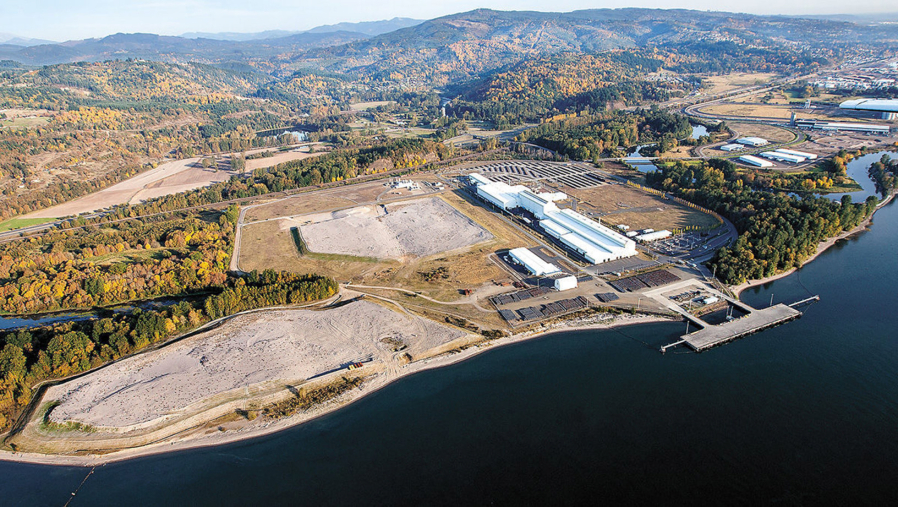In his 100-page decision on shoreline permits for the proposed Kalama methanol plant, hearing examiner Mark Scheibmier appears to have erred when he said the methanol plant would be the single biggest source of greenhouse gas emissions in Washington.
With an estimated 1.24 million metric tons of greenhouse gas emissions annually, the methanol plant, would, indeed, be among the state’s top emitters. It would release the equivalent emissions of 260,000 passenger cars annually, boosting the state’s annual greenhouse emissions by 1.28 percent.
But the state’s biggest single source of greenhouse gas emissions is TransAlta’s coal-fired power plant in Centralia, which emitted 7.4 million metric tons in 2014, according to the state Department of Ecology. (TransAlta is slated to shut down by 2025.)
The second biggest single source is the B.P. Cherry Point Refinery in Blaine, which emitted 2.5 million metric tons in 2014.
The methanol plant’s emissions would be less than the 2014 estimated emissions released by the Longview Weyerhaeuser Co. (now Nippon) mill (at 1.4 metric million tons) and KapStone mill (at 1.7 million metric tons).
However, the methanol project itself would increase the state’s annual emissions, and “that it is basically incompatible with Washington’s goals on carbon pollution,” said Miles Johnson, clean water attorney with Columbia Riverkeeper.
In 2013, the state overall emitted 94 million metric tons of greenhouse gases, according to Ecology. By 2020, the state has a goal of reducing emissions to 1990 levels.
Transportation and electrical generation are the state’s largest sources of greenhouse gases, following by residential, commercial and industrial sources, according to Ecology.
By its second year of operation, Northwest Innovation Works would have to start reducing its emissions by about 1.7 percent annually under the state’s new Clean Air Rule, said Camille St. Onge, Ecology spokeswoman.
Northwest Innovation Works is using technology that reduces its greenhouse gas emissions by 31 percent to 61 percent compared to traditional methods of methanol production.
Northwest Innovation also argues that it would reduce global emissions because it would produce methanol using natural gas instead of from the traditional method of using coal, which has higher emissions.



